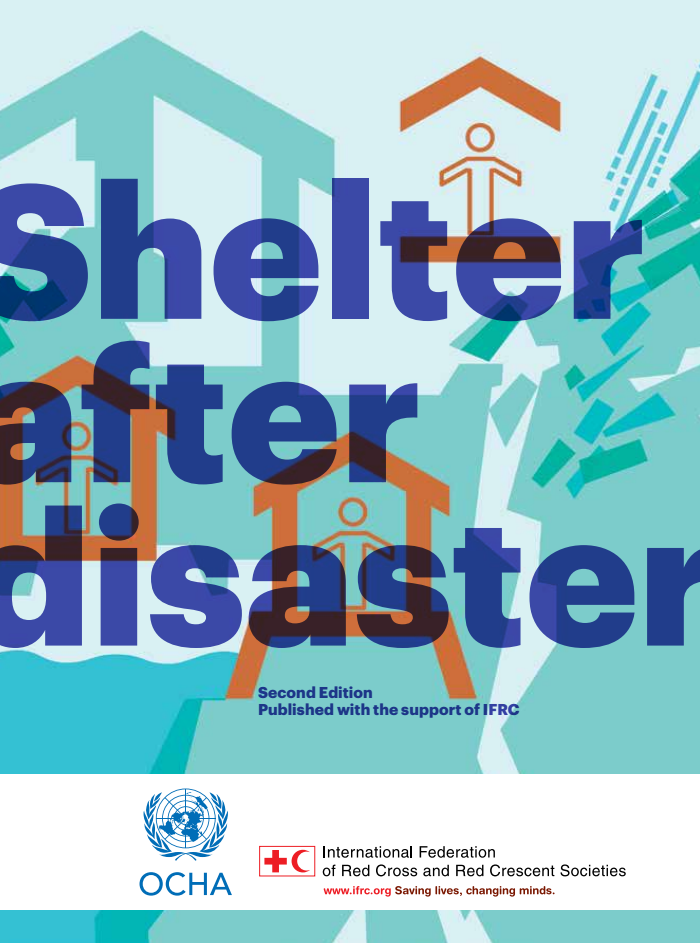Shelter After Disaster
Background In 1975, the newly formed Office of the United Nations Disaster Relief Co-ordinator (UNDRO) (a predecessor of UNOCHA) led the first UN study of Shelter After Disaster. This research project investigated the issues of sheltering after a disaster and published a series of practical guidelines for assisting groups that included UN agencies, governments and […]
Shelter After Disaster Read More »

